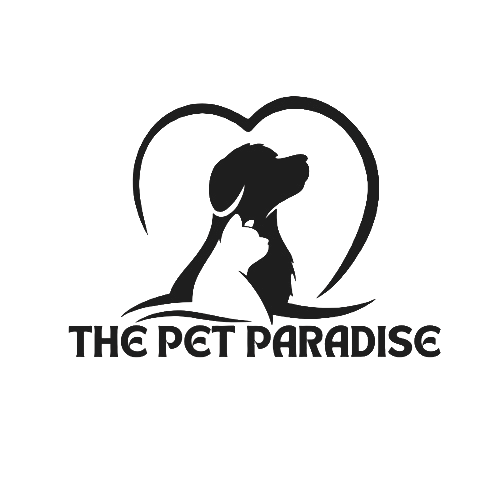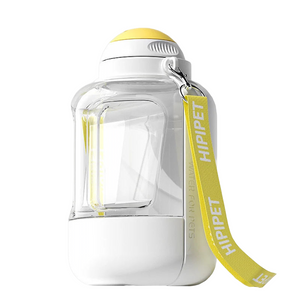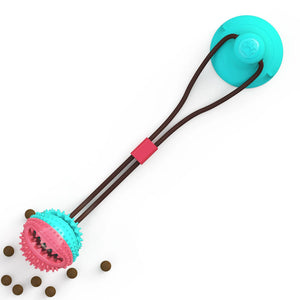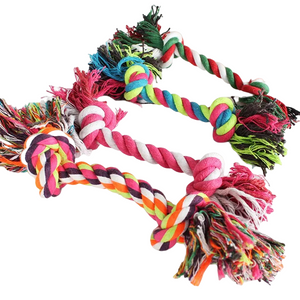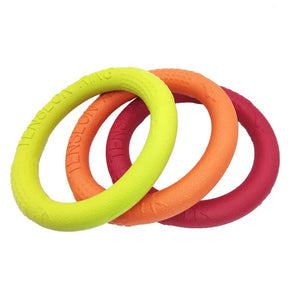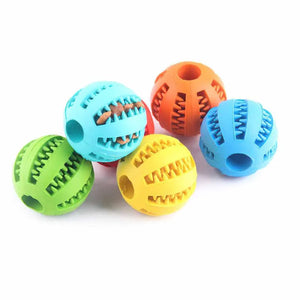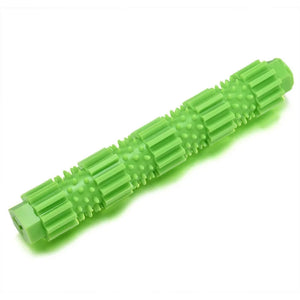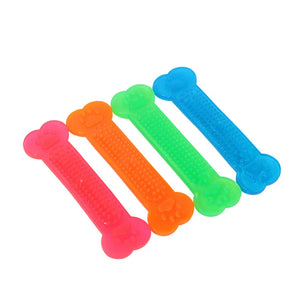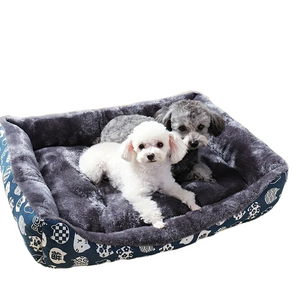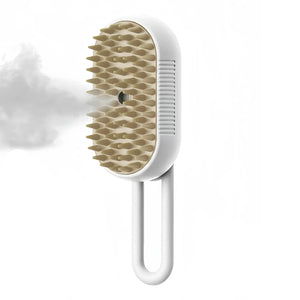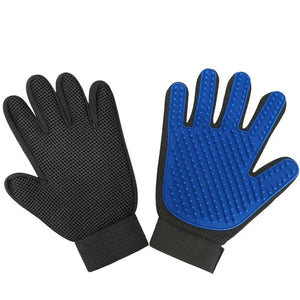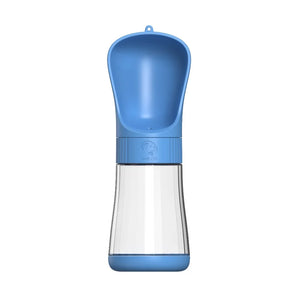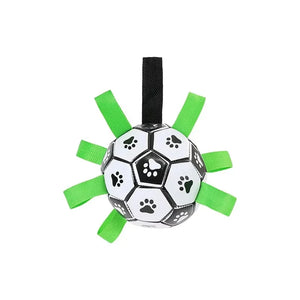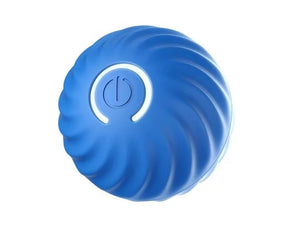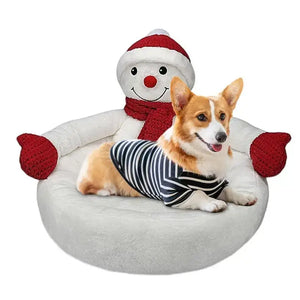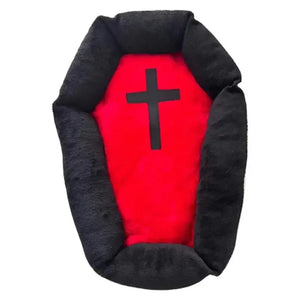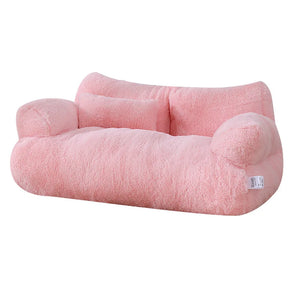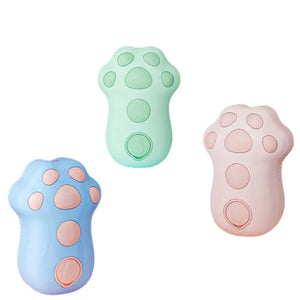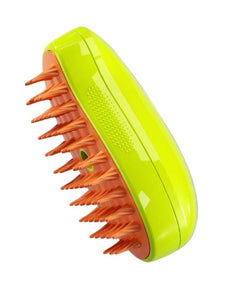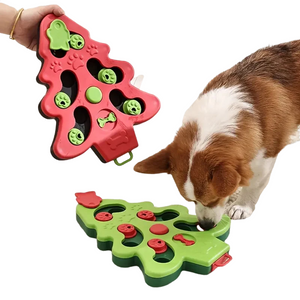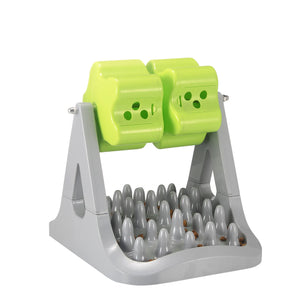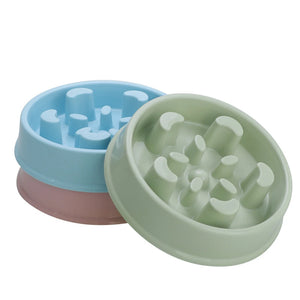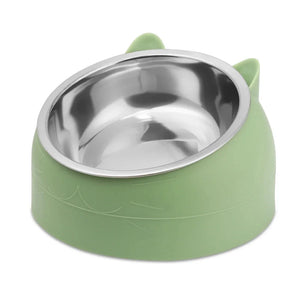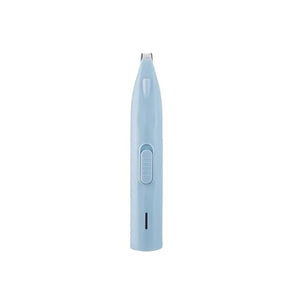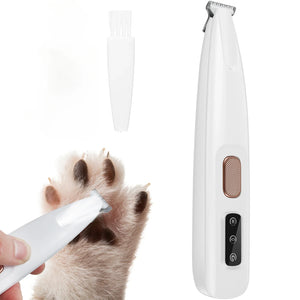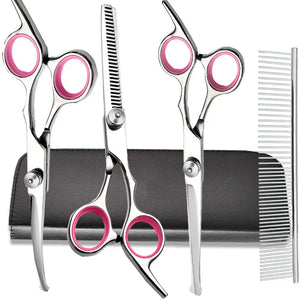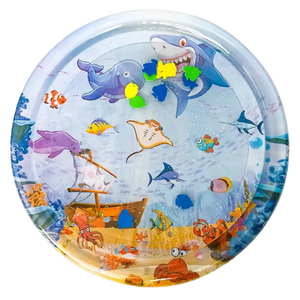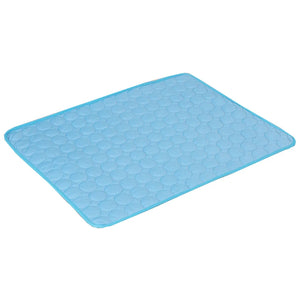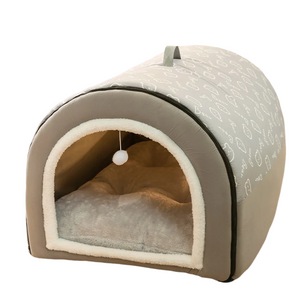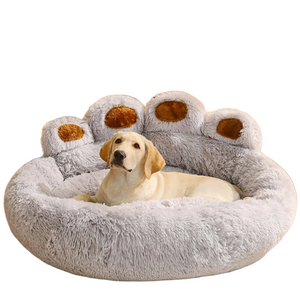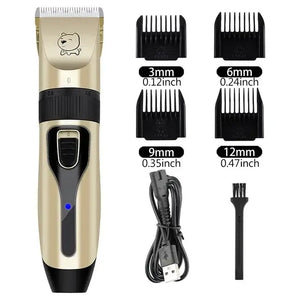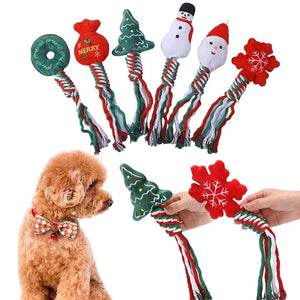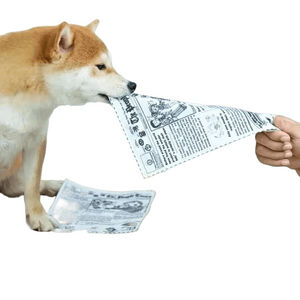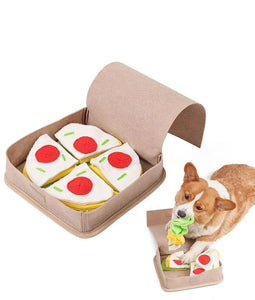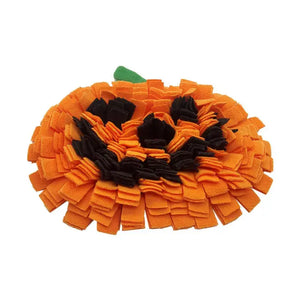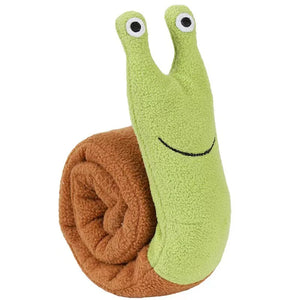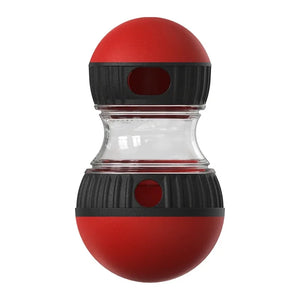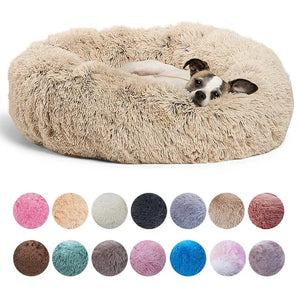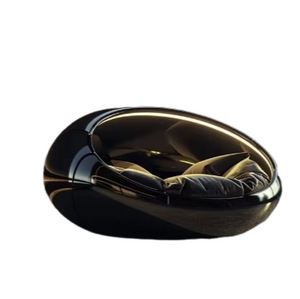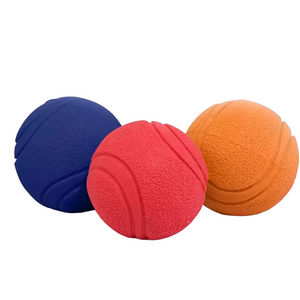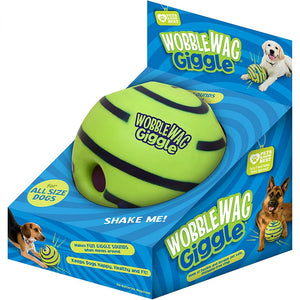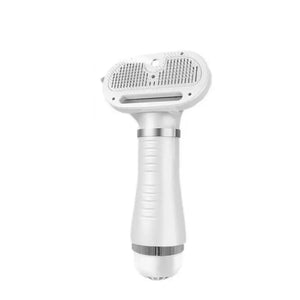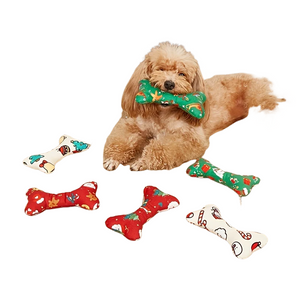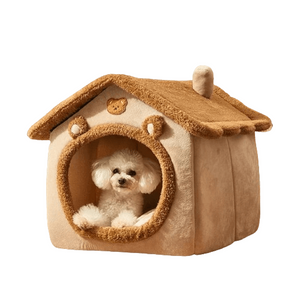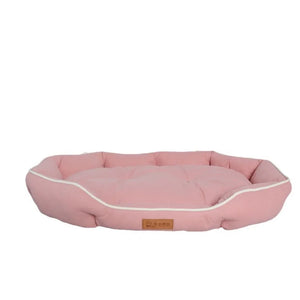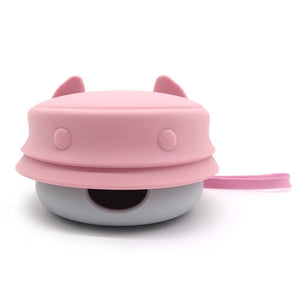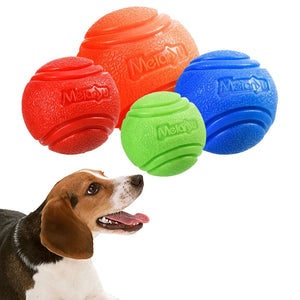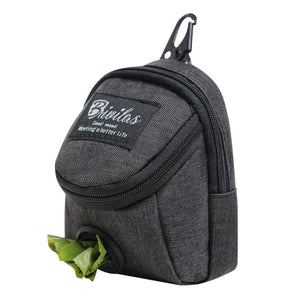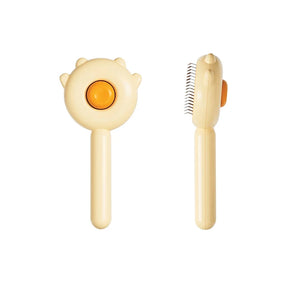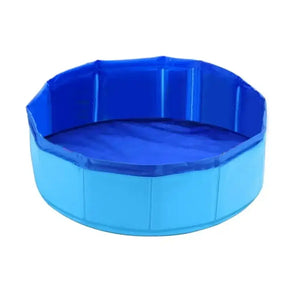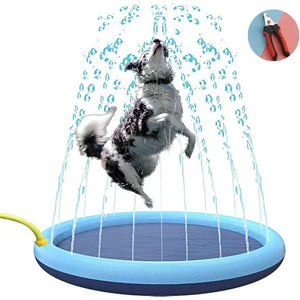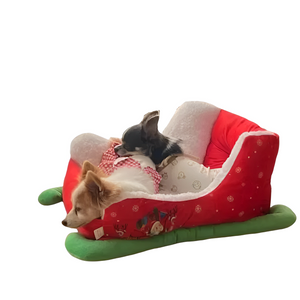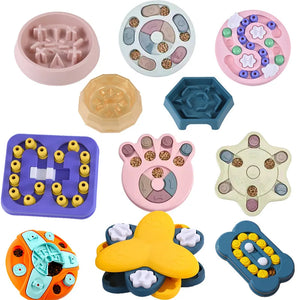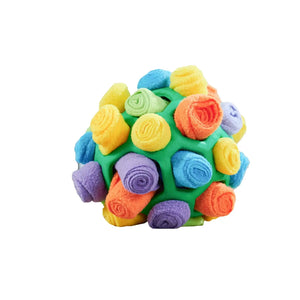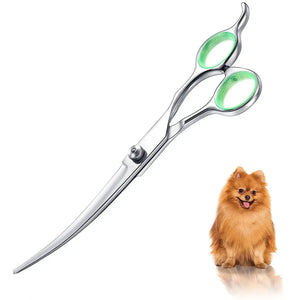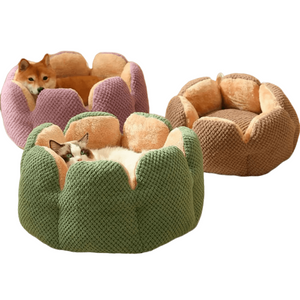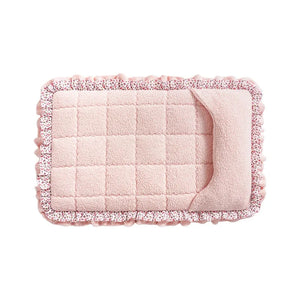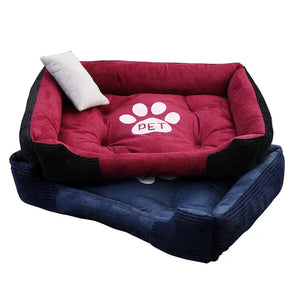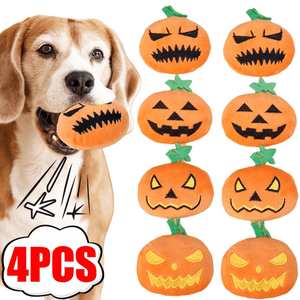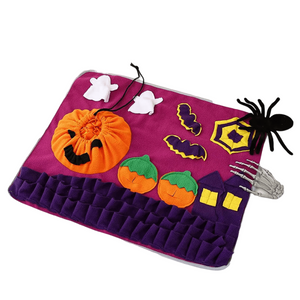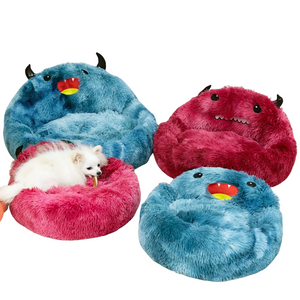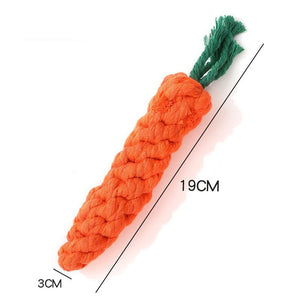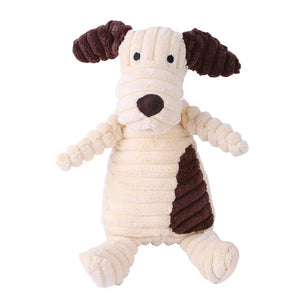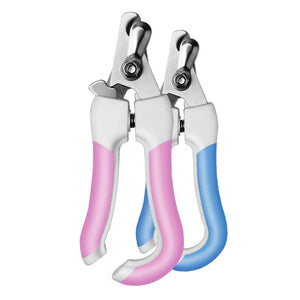How to Choose the Right Product for Dogs
We will provide you with a general guide to help you make every penny count, ensuring your beloved pet gets exactly what they need. We will introduce your dog based on breed and age. If you already know your dog's details, feel free to scroll down and find the section that corresponds to your dog's information.
Sort by Dog Breed
We have categorized common dog breeds based on their temperament and habits to recommend the most suitable pet products. Please note that these suggestions are general and should be tailored to your individual dog's needs. Below, we’ve listed 16 popular dog breeds—find your dog's breed and explore the recommended products for the best match. Our goal is to provide high-quality pet products tailored to each dog's needs, ensuring a healthier and happier life for your furry friend.
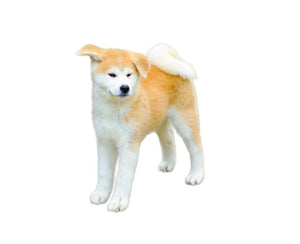
Akita Inu (Loyal, courageous, and independent)
+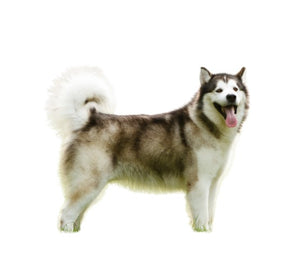
Alaskan Malamute (Strong, independent, and active)
+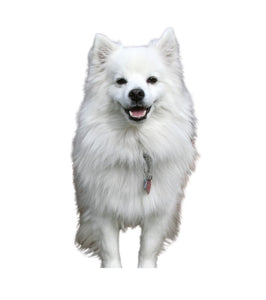
American Eskimo (Friendly, alert, and highly intelligent)
+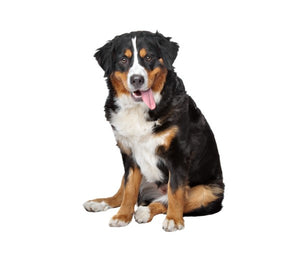
Bernese Mountain (Gentle, loyal, and affectionate)
+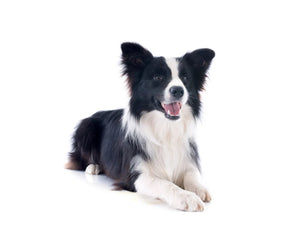
Border Collie (Highly intelligent, energetic, and obedient)
+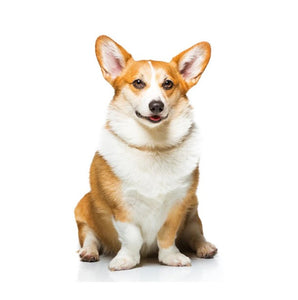
Corgi (Friendly, energetic, and intelligent)
+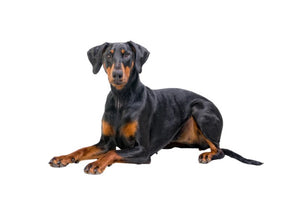
Doberman Pinscher (Loyal, intelligent, and protective)
+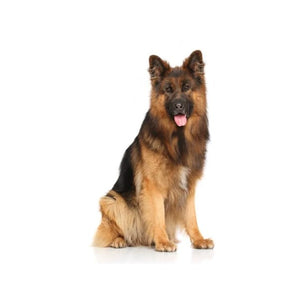
German Shepherd (Smart, brave, and loyal)
+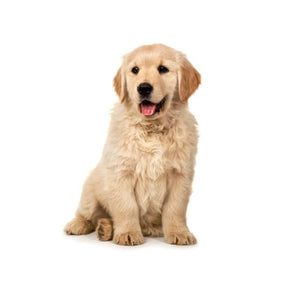
Golden Retriever (Friendly, intelligent, and loyal)
+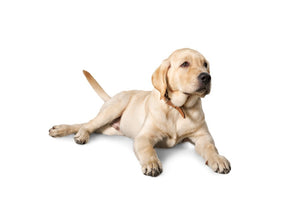
Labrador Retriever (Friendly, intelligent, and energetic)
+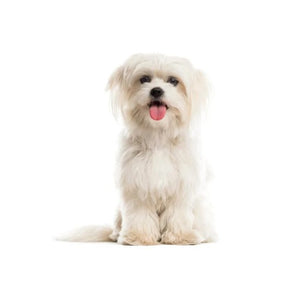
Maltese (Gentle, affectionate, and playful)
+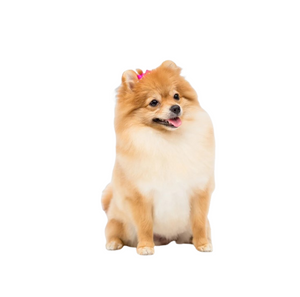
Pomeranian (Friendly, energetic, and social)
+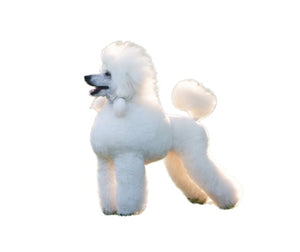
Poodle (Elegant, intelligent, and sociable)
+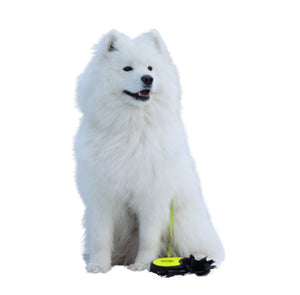
Samoyed (Friendly, energetic, and affectionate)
+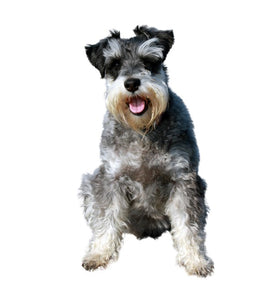
Schnauzer (Lively, confident, and loyal)
+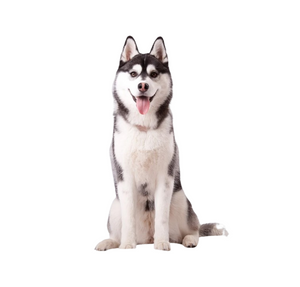
Siberian Husky (Energetic, independent, and playful)
+Sort by Age
Dogs of different age groups exhibit various characteristics. Let’s now categorize the products your pet is most likely to enjoy based on their age.
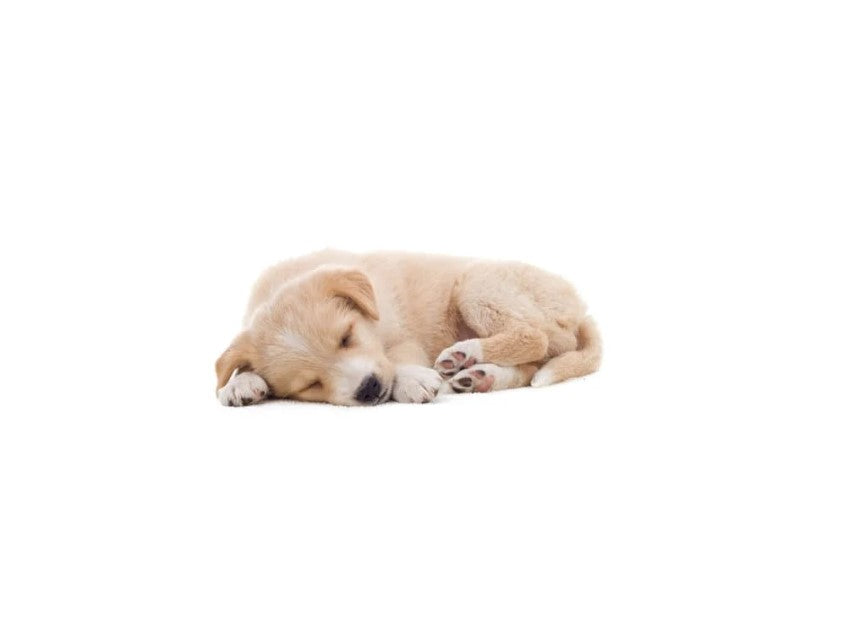
Puppy (< 1 Year)
Dependent, curious, learning, and exploratory
At this stage, puppies are still quite small and unable to do many things. During the teething phase, it's important to provide soft chew toys that help alleviate gum discomfort while satisfying their chewing needs. Additionally, providing a safe and warm resting environment is crucial. Creating a sense of security from an early age helps the puppy quickly adapt to the family environment and is one of the ways to build trust with your dog.
Selected for Puppy
These products are suitable for your puppy to use
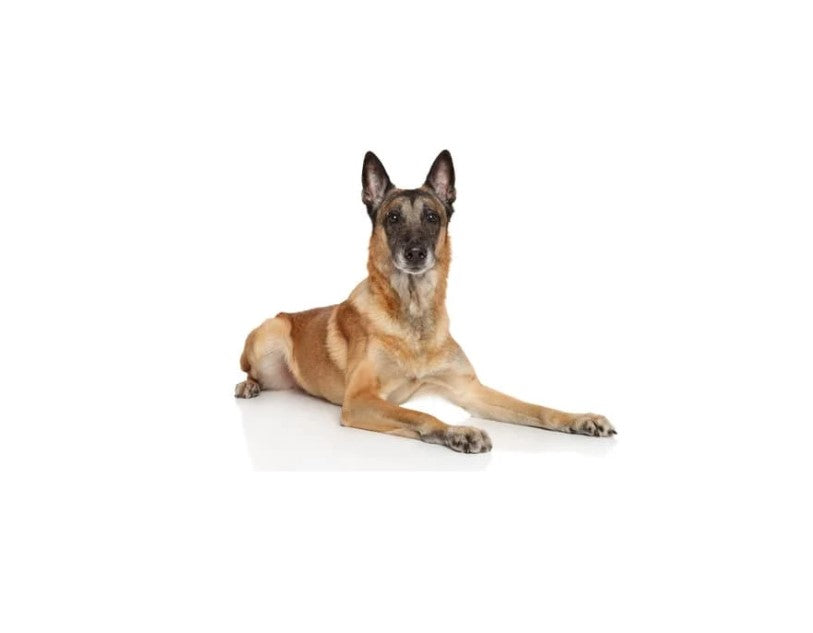
Adult (1 - 7 Years)
Mature, stable, and energetic
At this stage, the dog has fully developed and requires durable chew toys to prevent the buildup of dental plaque and promote oral health. This is also when the dog has the most energy, so outdoor toys like frisbees and balls are great for playing outside, enhancing interaction with the owner.
Additionally, long-haired dogs need regular grooming, including brushing their fur and trimming their nails, to maintain cleanliness and hygiene.
Selected for Adult Dogs
These products are suitable for your Adult dogs to use
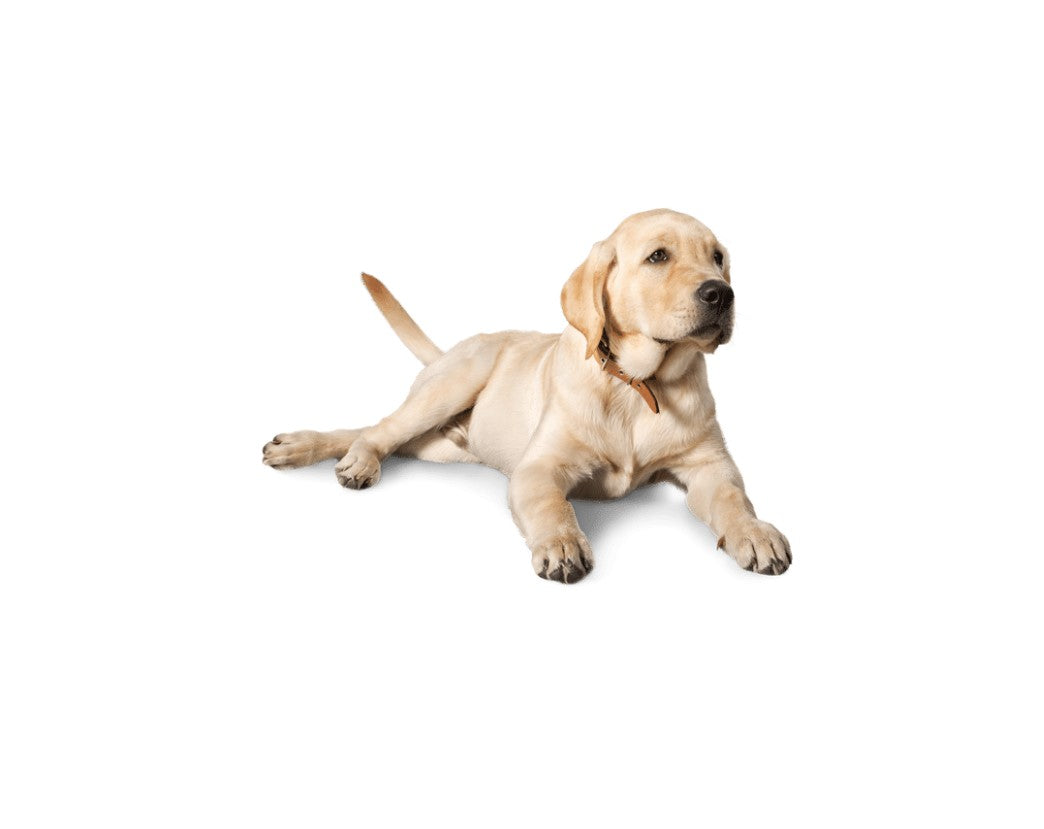
Middle-Aged (7 - 10 Years)
Mature, moderately active, and health-conscious
Typically, middle-aged dogs are more composed and moderately active, and they may begin to show sensitivity to health issues, such as weight gain or joint problems, which require special attention. At this stage, it's important to focus more on their health and provide appropriate amounts of exercise.
A soft dog bed is recommended to keep them comfortable and help prevent joint issues. For toys, it’s better to choose ones that involve less intense physical activity, such as medium-speed chase toys or chew toys.
Selected for Middle-Aged Dogs
These products are suitable for your middle-aged dogs to use
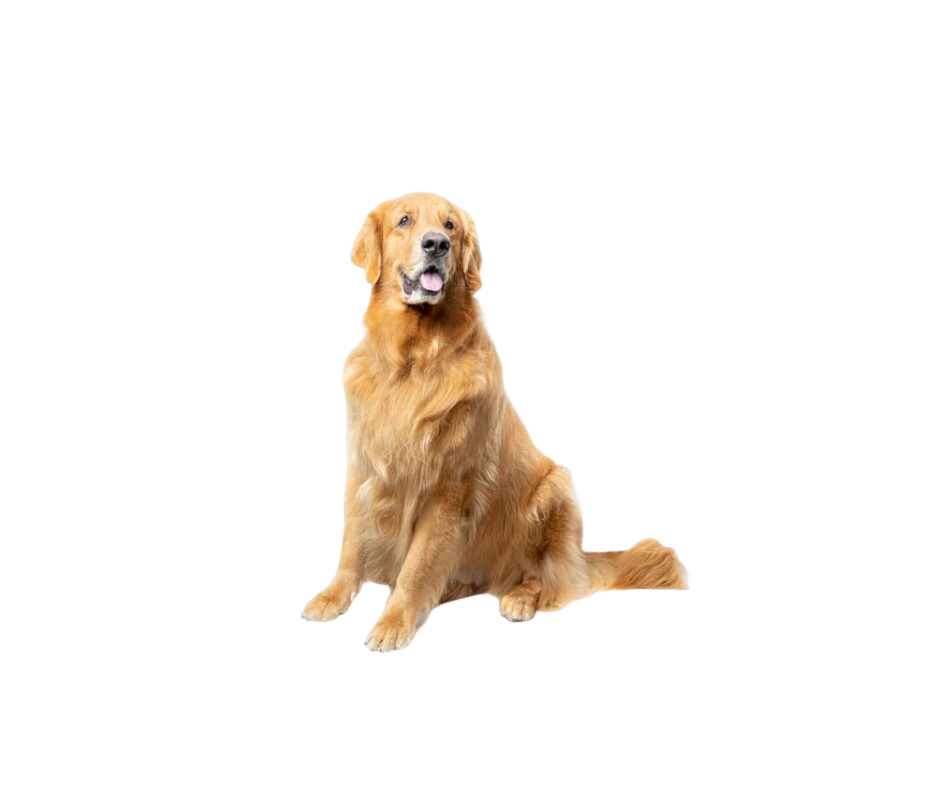
Senior (> 10 Years)
Calm, less active, and in need of special care
In old age, a dog's metabolism slows down, which can lead to weight gain. Joint issues, such as arthritis, may arise, and vision and hearing may decline. Their activity levels decrease, and they may prefer a quieter environment. Cognitive decline, such as memory loss, can also occur.
At this stage, it's important to focus on proper care, including dental and coat maintenance. We recommend using a steam brush to gently groom the dog's fur. Additionally, providing a warm, quiet, and dry resting area along with soothing interactive toys can help reduce anxiety and stress, improving their overall quality of life.
Selected for Senior Dogs
These products are suitable for your senior dogs to use
Our Valuable Review
Go To Our Dog Collection-
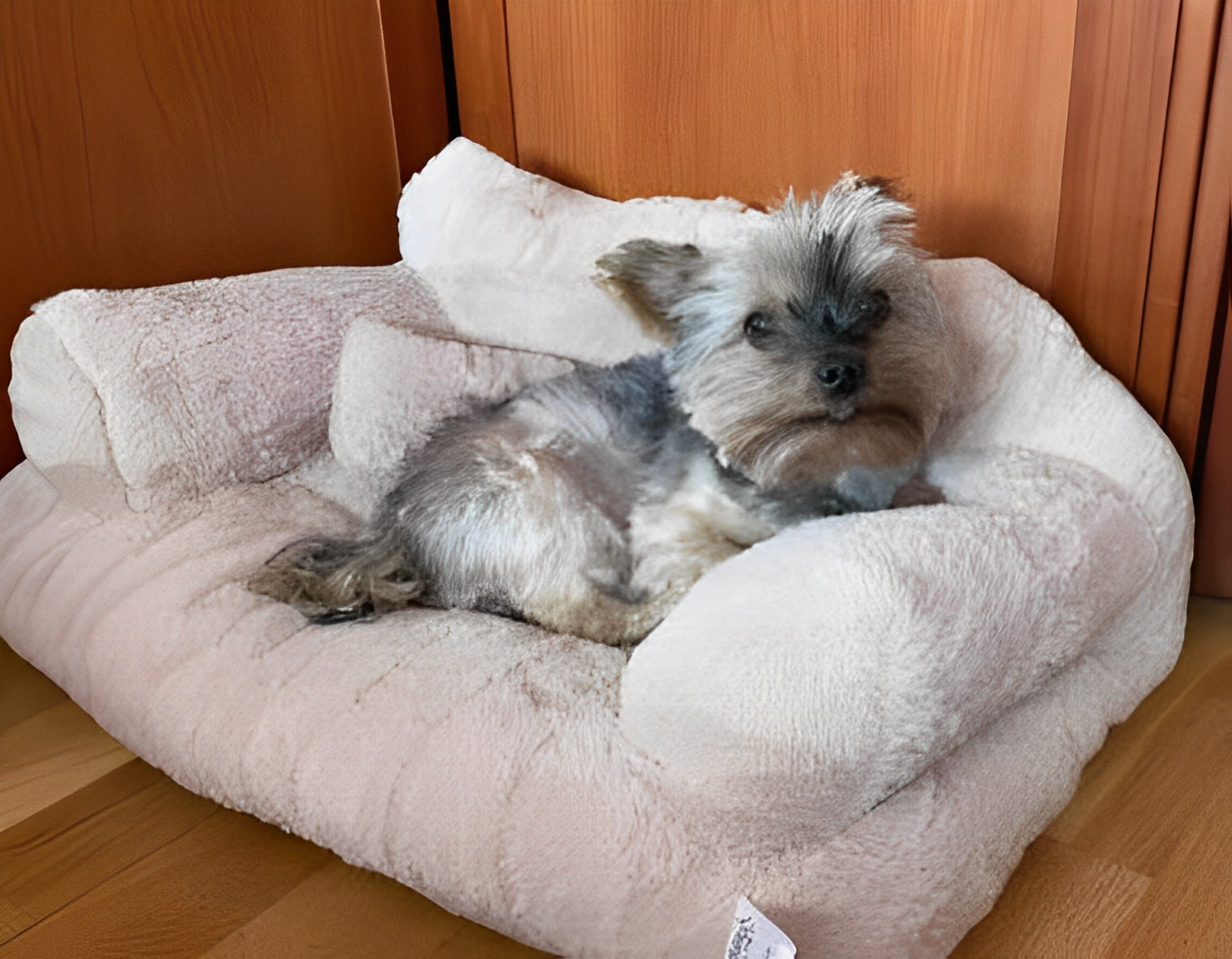
V.z (From U.S.)
View Product⭐️⭐️⭐️⭐️⭐️
Arrived in just 5 days. It comes very well packed and vacuum, so the package does not take up much. When you open it you have to give it a few minutes to take shape, you hollow it out with your hands and it looks very good. The photo in which my dog does not appear is recently opened the package. The other photo, a few days later. My dog, who weighs less than 3kg, is perfect in size and has loved it.
(Apr 27, 2024)
-
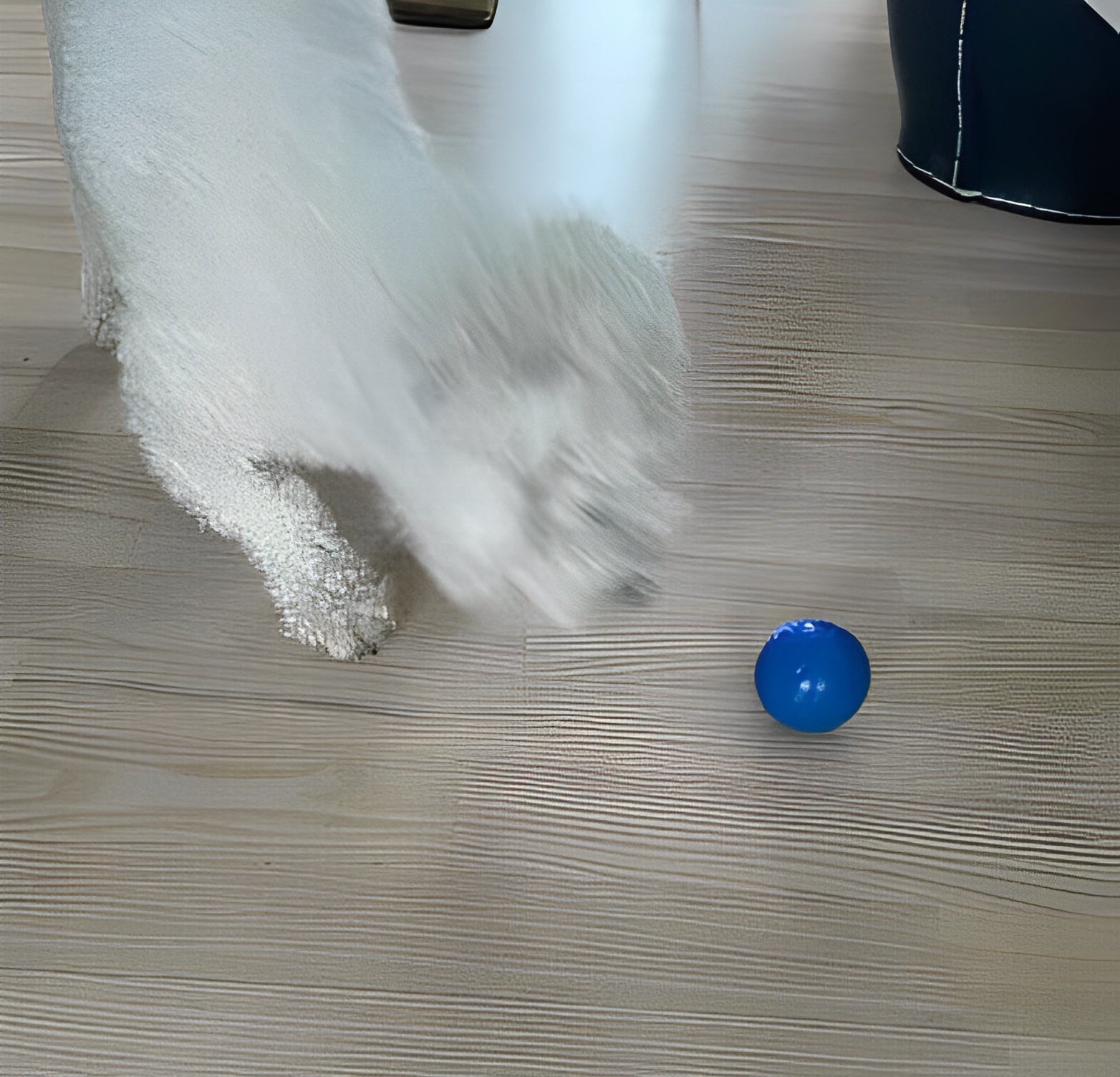
A (From Faroe Islands)
View Product⭐️⭐️⭐️⭐️⭐️
It came all good. It works, and it came in good condition, but i would not recommend you to leave your dog home alone with this on because the battery will randomly fall out and yeah ok and it works very well. It turns off after 10 minutes and your dog will love it. She will mostly bark at it so don’t buy it if you don’t like your dog barking so yeah 💙 🩵 🩷
(Feb 28, 2025)
-
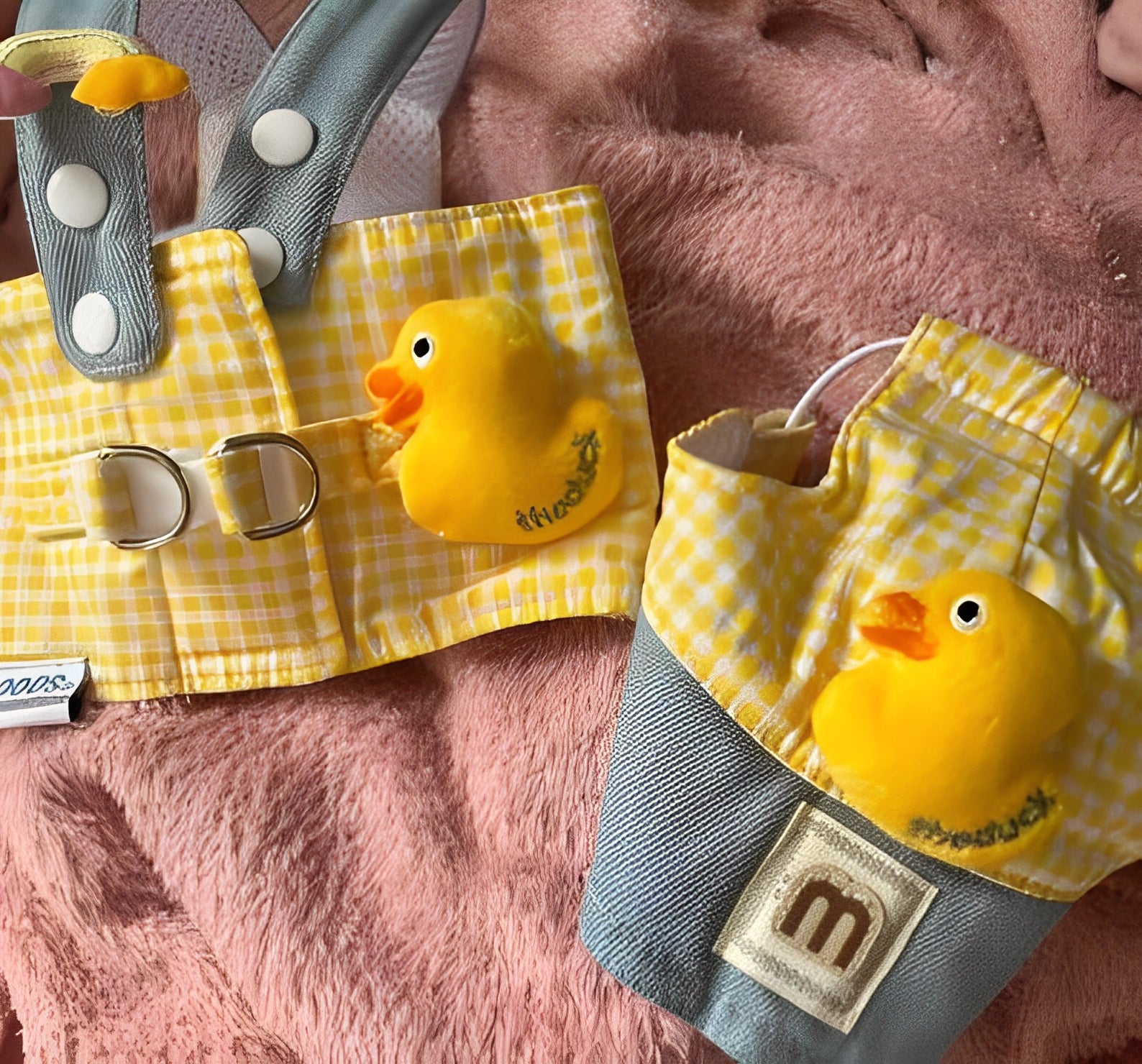
N.G (From U.K.)
View Product⭐️⭐️⭐️⭐️⭐️
I love it 😍 Same as photo , i just guessed the size . Luckily it fits my full grown chihuahua - i got an m and his measurements are 42 cm chest , back 30 cm . Neck 30 cm . 💕
(Mar 19, 2025)
-
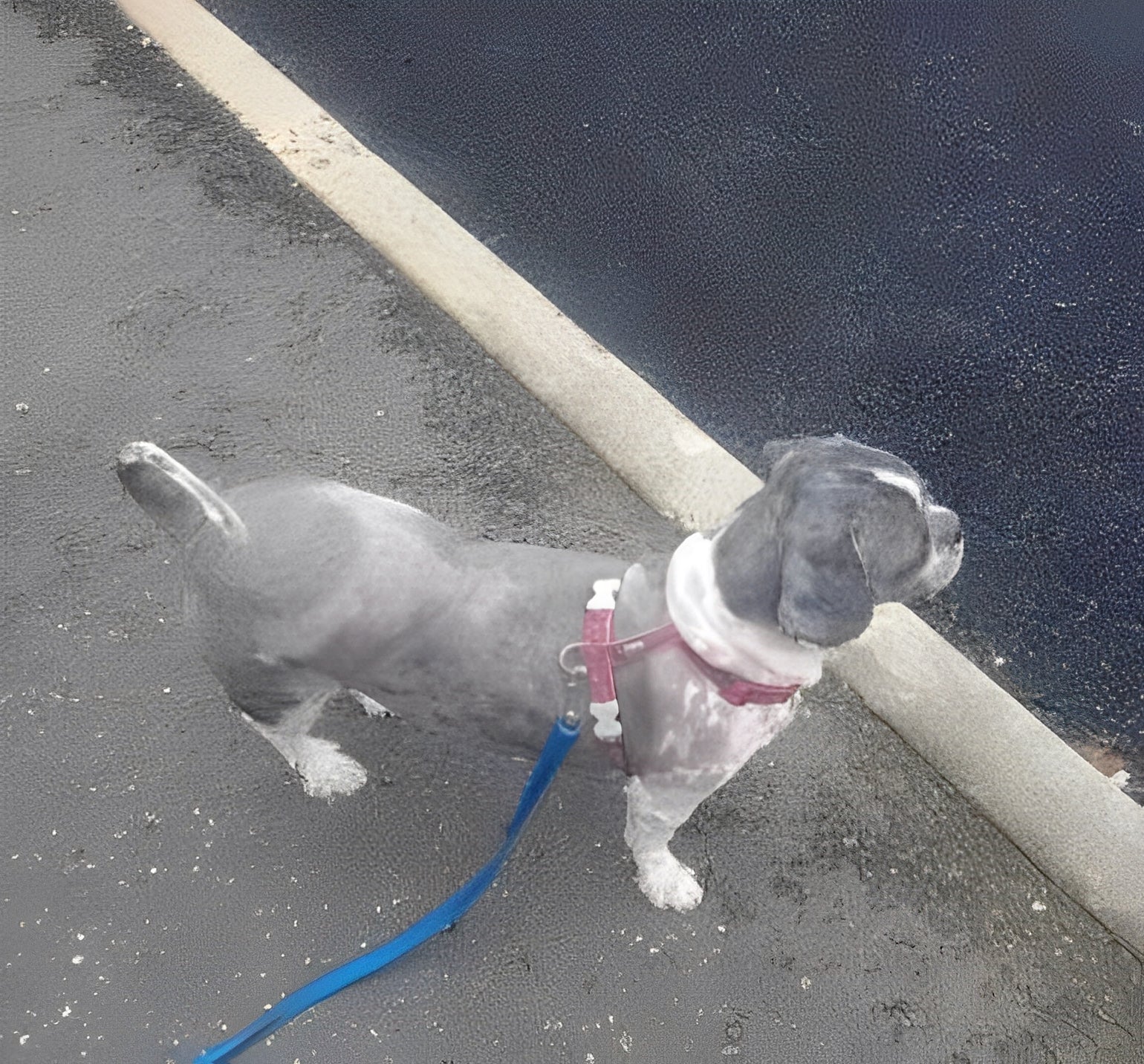
F.e (From France)
View Product⭐️⭐️⭐️⭐️⭐️
Frankly I recommend my dog it is let it be very effective
Thank you very much for my dog who was not afraid not like with the one I already had(Apr 29, 2024)
-
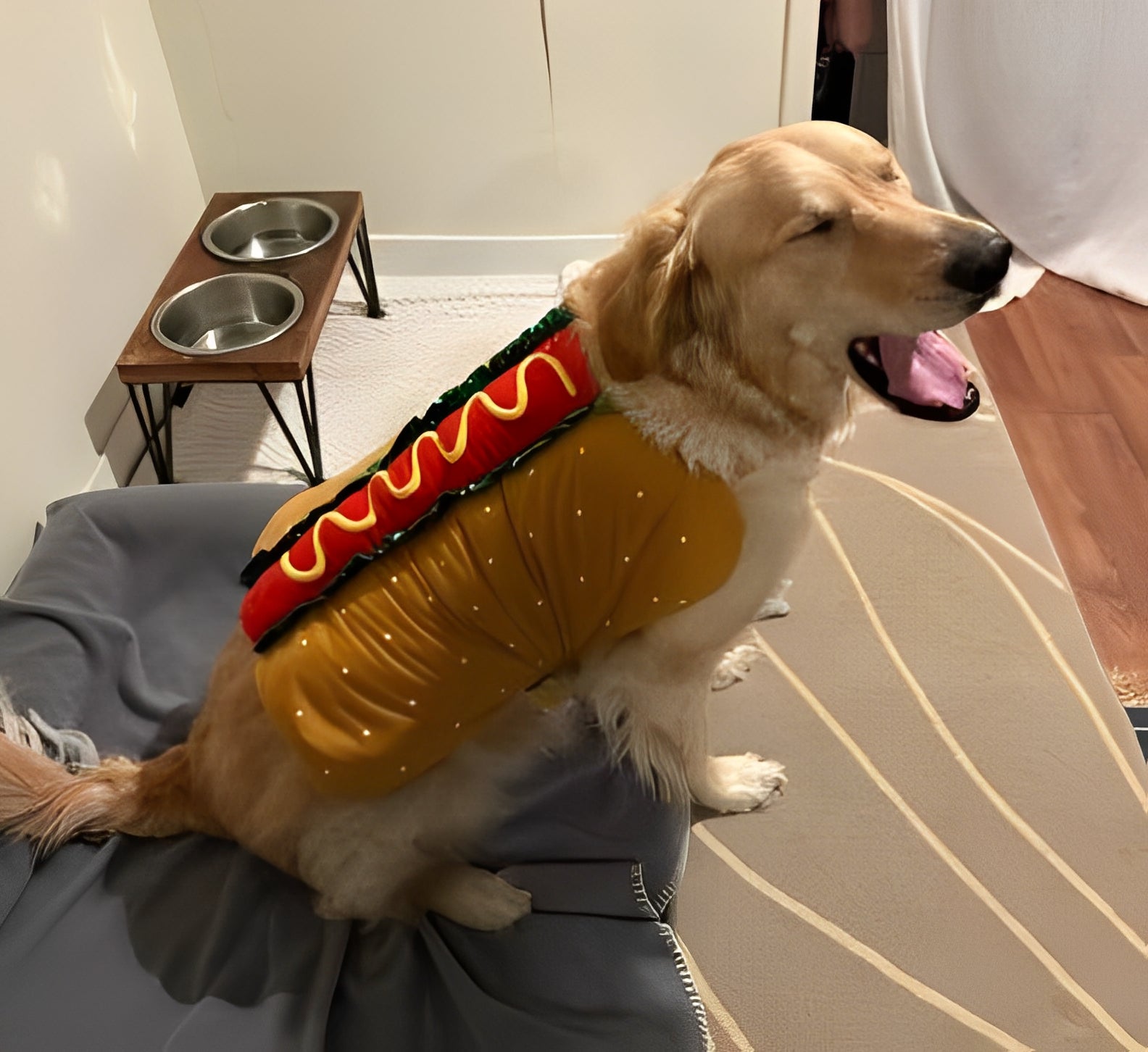
-
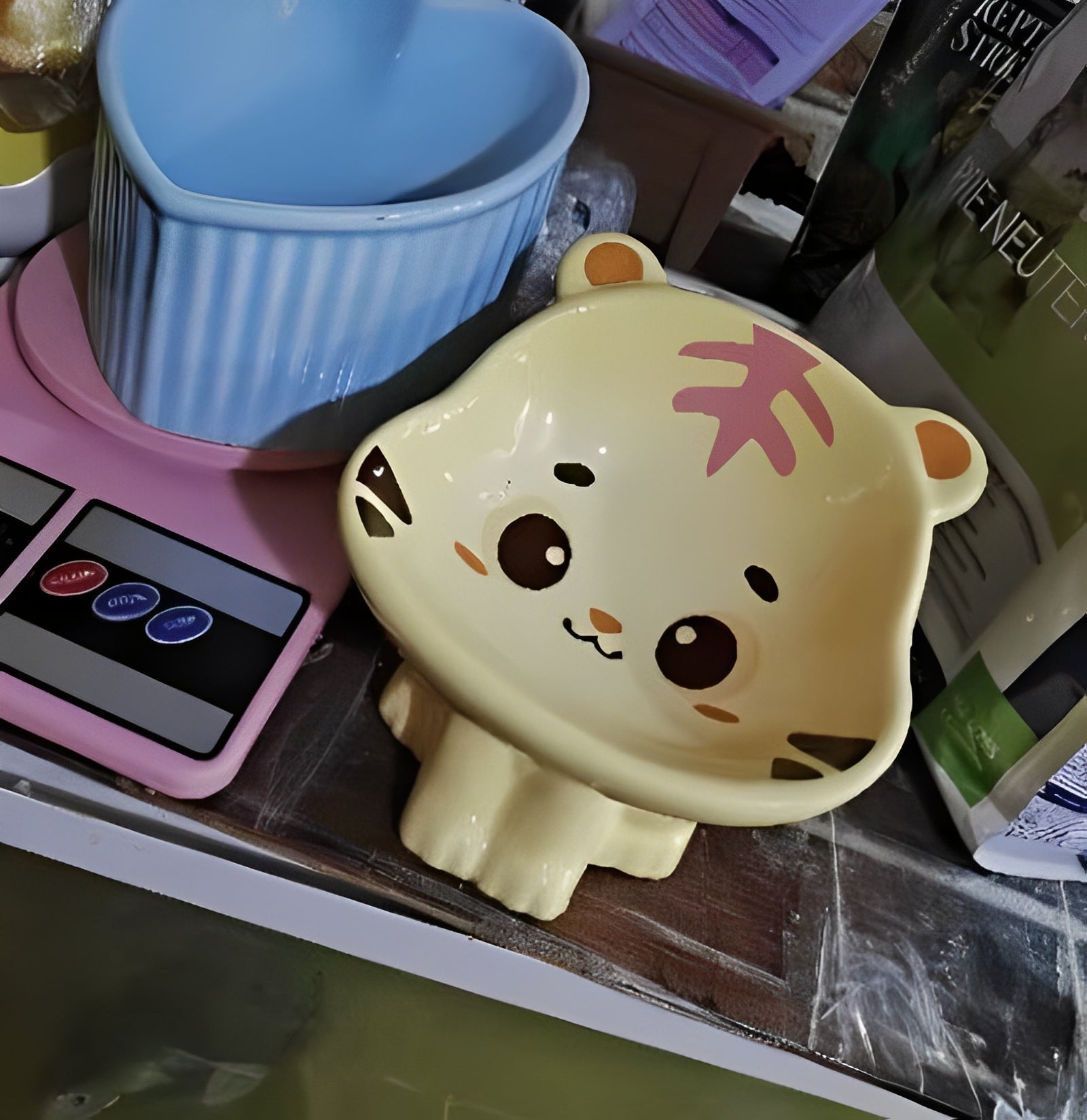
J (From Mexico)
View Product⭐️⭐️⭐️⭐️⭐️
Super beautiful, I loved it and it came super well packaged and arrived much earlier than the date, it arrived in less than a week, it is added to the list of bowls that I am buying for my cat.
(Apr 2, 2025)
FAQ About Dog Products
Q1: How do I choose the right toys for my dog?
A1: When selecting toys for your dog, consider factors such as size, breed, chewing strength, and activity level. For larger dogs, choose durable toys, while smaller dogs may prefer soft or lightweight toys. Active dogs enjoy outdoor toys like frisbees and balls, while dogs that like to chew need strong, chew-resistant toys. Choose toys that suit your dog’s interests and needs to help keep them physically and mentally healthy.
Q2: What daily care products does my dog need?
A2: Daily care products for dogs typically include grooming tools (brushes, nail clippers), teeth cleaning tools, and bath products. Long-haired dogs require regular grooming, while short-haired breeds may need less maintenance. Teeth care is essential for all dogs to prevent plaque buildup, and regular use of dental products helps maintain oral health. Older dogs or those with special needs may require additional care and attention.
Q3: How do I choose the right dog bed or mat?
A3: Choose a dog bed or mat based on your dog’s size and sleeping habits. For older dogs or those with joint problems, a memory foam or thicker mattress is ideal to support their joints and spine. Active smaller dogs may prefer beds with adequate space to stretch. Make sure the material is durable, easy to clean, and comfortable for your dog.
Q4: What type of food and water bowls should I choose for my dog?
A4: Select food and water bowls based on your dog's size and feeding habits. Larger dogs need larger bowls, while smaller dogs require mini-sized bowls. For durability, choose ceramic, stainless steel, or non-slip silicone options. If your dog eats too quickly, consider automatic feeders or slow-feed bowls to help regulate their eating speed.
Q5: Does my dog need clothing, especially in the winter?
A5: Not all dogs need clothing, but short-haired dogs, elderly dogs, or sick dogs benefit from wearing clothes in cold weather. Clothing helps keep them warm and prevents them from getting sick. Additionally, clothes can protect their skin from UV rays, especially during sunny weather.
Q6: What should I do if my dog shows destructive behavior?
A6: Destructive behavior in dogs is often a result of boredom, anxiety, or a lack of proper stimulation. Provide plenty of physical and mental exercise, such as chew toys and puzzle toys, to help alleviate this behavior. Ensure regular interaction with your dog, and consider training methods to correct undesirable habits.
Q7: How do I choose the right dog food?
A7: When selecting dog food, consider your dog’s age, size, activity level, and health. Puppies need high-protein food for growth, while adult dogs require food that matches their activity level and weight management needs. Senior dogs may need lower-calorie food with joint support or digestive sensitivity. Choose premium brands with high-quality ingredients, and avoid fillers and by-products.
Q8: How do I train my dog to use the bathroom?
A8: Training your dog to use the bathroom requires patience and consistency. Take your dog outside regularly or use indoor potty pads to establish a routine. For puppies, the training process may take longer, but consistent outdoor bathroom breaks after meals or naps will help them learn. You can also consider investing in a smart toilet or potty training system for convenience.
You May Interested About Dog
View all-
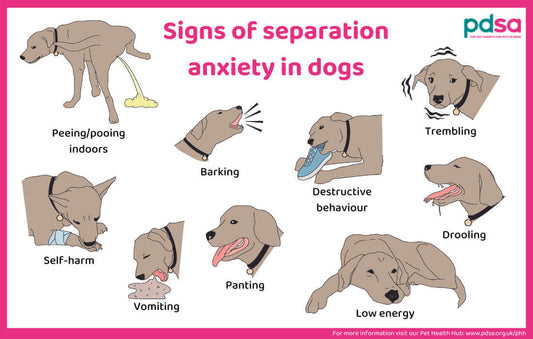
How to Relieve Puppy Separation Anxiety: Practi...
Learn how to effectively manage your puppy's separation anxiety with this comprehensive guide. Discover practical steps, calming techniques, and recommended products from The Pet Paradise to help your puppy feel...
How to Relieve Puppy Separation Anxiety: Practi...
Learn how to effectively manage your puppy's separation anxiety with this comprehensive guide. Discover practical steps, calming techniques, and recommended products from The Pet Paradise to help your puppy feel...
-
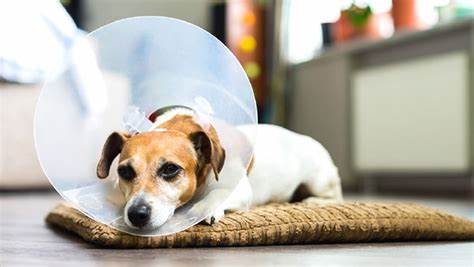
Why Neutering Dogs is Essential: A Comprehensiv...
Explore the numerous benefits of neutering your dog, from improved health and behavior to preventing overpopulation. Learn how this responsible choice can lead to a healthier, happier dog and discover...
Why Neutering Dogs is Essential: A Comprehensiv...
Explore the numerous benefits of neutering your dog, from improved health and behavior to preventing overpopulation. Learn how this responsible choice can lead to a healthier, happier dog and discover...
-
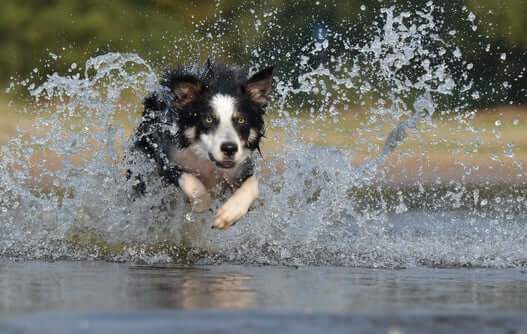
Summer's Hidden Danger for Dogs: Heatstroke
Heatstroke is a serious risk for dogs during the summer months, with a high mortality rate if not treated quickly. Learn how to recognize the symptoms, prevent heatstroke, and take...
Summer's Hidden Danger for Dogs: Heatstroke
Heatstroke is a serious risk for dogs during the summer months, with a high mortality rate if not treated quickly. Learn how to recognize the symptoms, prevent heatstroke, and take...
